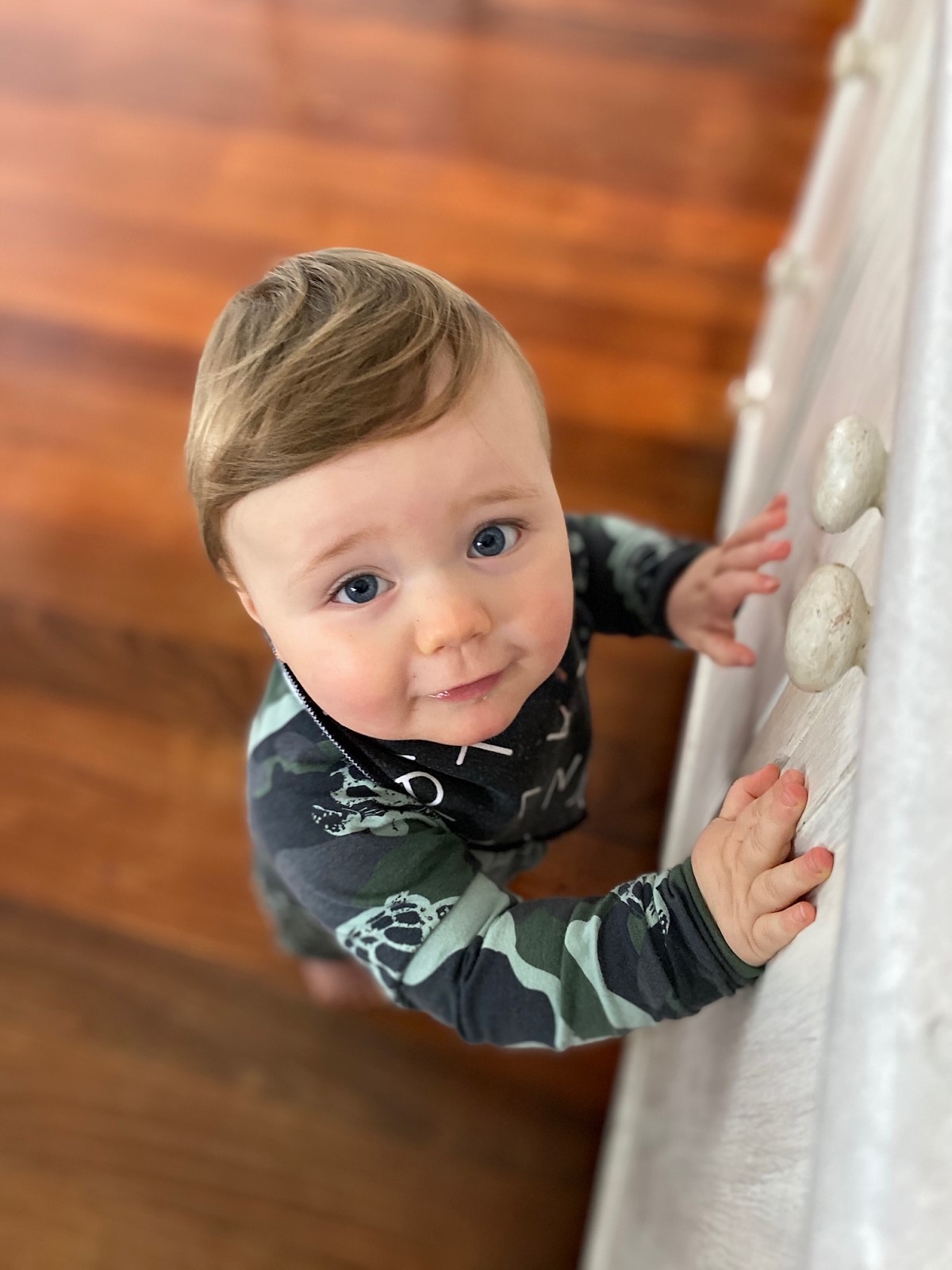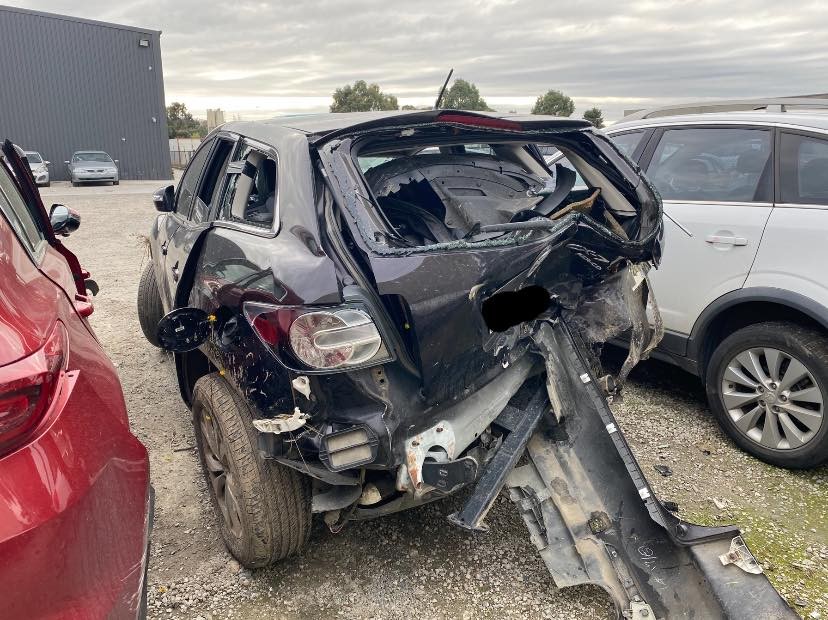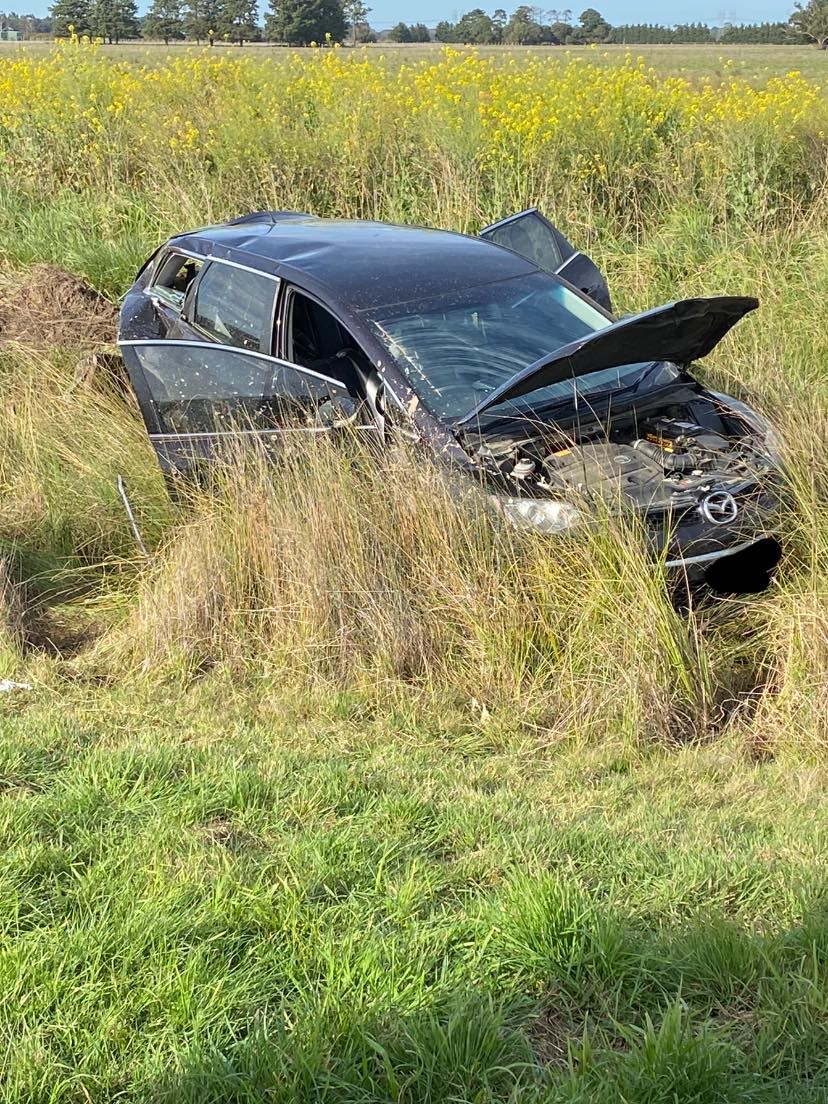


A decision we will be forever grateful for
As the mother of adventurous and busy 12 month old Miles – who is ‘off the charts’ and is already wearing size 3 clothes – Hayley has encountered her fair share of advice and comments. None more so than when it came to making the difficult decision of what to do when her baby – affectionately referred to as her ‘giant child’ – outgrew the height markers on his rearward facing child car restraint… at only 10 months of age!
After researching their options, Hayley and her husband Jeff came to the consensus that the safest option was to purchase a child car restraint with extended rear facing capabilities, allowing Miles to continue to travel in the rearward facing position.
This decision is one that they will be forever grateful for, as it most likely saved Miles’ life – or at the very least, prevented him from receiving horrific and debilitating injuries.
Hayley was driving on an 80km per hour stretch of freeway in Melbourne’s South East on a five minute round trip to pick up homemade face masks.
Unfortunately, this drive was not like any other
“We were in the wrong place at the wrong time. A stolen vehicle traveling at a ridiculous speed (somewhere between 160km/h- 200km/h) ran straight up the back of us and slingshotted our car into the drain”, recounts Hayley.
“It felt like a plane had hit us”. The aftermath of ringing ears and blurred vision was broken by the distressed screams of Miles coming from the backseat.
The crash site was carnage, with both cars reduced to twisted piles of metal. The impact of the crash catapulted Hayley’s headrest out of the rear window and the back section of her seat snapped off, careering into the rear passenger seat. The other car’s engine block was ripped apart, resting about five metres from the crash site.
Miles was sitting in the rear passenger side. Whilst visibly distressed, he remained safe and protected in his rearward facing child car restraint, with his injuries consisting of two small bruises on his neck underneath the harness strap padding.
Miraculously, with the help of bystanders Hayley walked away from her vehicle suffering bruising and whiplash. Both Miles and Hayley were taken to hospital for observation and were discharged that day.
It was only later that evening that Hayley felt compelled to share her story on social media after she received a call from Leading Senior Constable Kylie Holmes, member of the Casey Highway Patrol, saying that she “commended me for still having my 1 year old rearward facing.”
“The only reason that I can make sense of this happening to us is that others need to see this message… the police officer said this could have been a whole different conversation and his injuries would have been horrendous instead of minor”, said Hayley.
Her advice to other parents
“Take the time to research and choose the right child car restraint for your vehicle and child, have it professionally installed or checked and take the time to buckle them up”.
“It doesn’t matter how far you’re going, make sure they are strapped in correctly on every trip”, said Hayley.
Kathy Taylor, Kidsafe Victoria’s Child Car Restraint Manager, said that as well as ensuring children are seated in a child car restraint that is the right one for their size, it’s also important to ensure that the child car restraint is correctly installed and adjusted to fit them properly.
“Before each and every trip check to make sure that the restraint is firmly attached to your vehicle, including that the top tether strap is connected to the child restraint anchor point and is firm to touch, but not overly tight. It’s also important to make sure the internal harness is at the right height and is not twisted or loose .”
Leading Senior Constable Kylie Holmes spoke to Kidsafe Victoria in response to Hayley’s incident, saying that “driving a motor vehicle is the most dangerous thing a person does every day and disaster can happen in a split second. Death and serious injury can not be prevented in all collisions but something as little as ensuring a child is restrained properly just may make a difference.”
Nearly one week on from the accident
Hayley is recovering at home with severe bruising to her torso and back, and sports two rather unsightly black eyes. Miles’ bruises are fading and he is enjoying having his big brother at home during remote learning COVID-19 restrictions, oblivious to the serious event that had occurred.
Understandably, Hayley is finding it difficult to sleep as the ‘what if’ questions keep her up at night. She has spoken to Kidsafe Victoria to help raise awareness of the importance of keeping babies rearward facing until it is safe to turn them around saying, “something good has to come out of this”.
She penned this heartfelt plea on her personal Facebook account,
“Please, please, please keep your babies safe! Keep them rearward facing as long as possible! You just never know when the unexpected can happen. I certainly had no idea that Saturday was my day for this..xx”.
Kidafe Victoria Recommends
That parents and carers follow the best practice recommendations, including keeping their children in their rear-facing child car restraint until they reach the maximum size limit, rather than graduating them to forward facing just because they turn a certain age. Rear facing child car restraints provide the required head and neck support that a child needs in the result of a crash.
For more information on child car restraints, including the best practice guidelines, please visit https://www.kidsafevic.com.au/road-safety/child-restraints/.
‘Safe Seats, Safe Kids’ is a free program providing child car restraint fittings and safety checks for Victorian parents and carers, run in partnership with Neighbourhood Houses Victoria, with support from the Victorian State Government. To register your interest or to find out more about the free program please visit the website.



